The Diamond Route promises an exciting and surprising journey, featuring ancient castles, vibrant temples, historical sites, majestic nature, and unique cuisine. Don’t hesitate any longer; let’s start exploring the Diamond Route with JNTO right away!
Ibaraki Prefecture
Start your journey exploring the Diamond Route in Ibaraki Prefecture. Located in the northeastern part of the Kanto region, Ibaraki is about a two-hour train ride from Tokyo and is an attractive destination for travelers due to its unique blend of tradition and modernity.
Hitachi Seaside Park
Situated along the Pacific coast in the city of Hitachinaka, Ibaraki Prefecture, Hitachi Seaside Park offers visitors unforgettable experiences with its stunning natural scenery and fresh atmosphere.
With a vast area of up to 350 hectares, the park is home to various types of flowers, creating vibrant flower carpets that stretch throughout the grounds. It is famous for captivating visitors' hearts with the bright blue of nemophila flowers in April and the pinkish-red of kochia grass in October...
Visiting during August, guests will be immersed in the bright yellow of the blooming sunflowers. Additionally, the park offers many exciting activities for all ages, including a camping area and BBQ facilities, providing enough options for visitors to spend a whole day enjoying and relaxing here.
Hitachi Seaside Park is an ideal spot for nature lovers who want to immerse themselves in the vibrant flower fields. Don’t forget to include this location in your itinerary when visiting Ibaraki Prefecture!
Kairakuen Garden
Established in 1842 in the city of Mito, Ibaraki Prefecture, Kairakuen Garden is one of Japan's three most famous Japanese gardens, alongside Kenrokuen in Ishikawa Prefecture and Korakuen in Okayama Prefecture.
Kairakuen Garden is elegantly designed, harmoniously combining natural landscapes with artificial architecture. It is famous for its vibrant spring season when more than 3,000 plum trees bloom, as well as the picturesque Senba Lake, dubbed the “Oasis of Mito,” where visitors can admire beautiful swans and various other water birds.
Strolling through the grounds, visitors will be overwhelmed by the picturesque ponds, meticulously crafted bonsai trees, and the vibrant flower gardens that bloom with seasonal colors. In particular, don’t forget to visit the historic tea house, Kobuntei, to enjoy some wonderful moments of relaxation.
Kairakuen Garden is not only an ideal destination for visitors to immerse themselves in nature, but it is also a place to learn about Japanese culture and traditional architecture.
Ushiku Daibutsu
Constructed in 1993 in the city of Ushiku, the Ushiku Daibutsu stands tall as a spiritual symbol and a popular attraction in Ibaraki Prefecture. It is also one of the largest Buddha statues in the world, measuring 120 meters in height and weighing approximately 4,000 tons.
Upon entering the grounds, visitors will be impressed by the vast park at the base of the statue, featuring various flowers that change with the seasons, such as cherry blossoms, shibazakura, hydrangeas, and butterfly flowers. Not only can visitors admire this grand statue from the outside, but they can also explore the interior of the Buddha statue. Inside, the statue is divided into five levels, which visitors can access via stairs and elevators. They will have the opportunity to view artifacts and photographs documenting the construction of the statue, experiencing a majestic space displaying approximately 3,400 impressive golden Buddha statues. Additionally, visitors can climb to the observation deck inside to enjoy a panoramic view of the surrounding area.
The Ushiku Daibutsu is a must-visit destination for those who appreciate Japanese culture and spirituality, so don’t miss this location if you have the chance to visit Ibaraki Prefecture!
Fruit-Picking Experience
Ibaraki Prefecture is regarded as one of the top agricultural areas in Japan, boasting a mild climate and ideal soil conditions for a variety of delicious fruits to thrive. Summer in Ibaraki is the perfect time for visitors to experience picking and enjoying fresh fruits right from the orchard.
Famous for its juicy, sweet melons, Ibaraki Prefecture is a must-visit destination for fruit lovers. The melon harvest season runs from April to October, giving visitors the chance to enjoy the freshest melons. This region is also the third-largest producer of pears in the country, with the harvest taking place from July to the end of October, providing visitors with ripe and sweet pears.
In addition, the lush vineyards with plump, sweet grapes are another highlight not to be missed. Visitors can indulge in fresh grapes right in the vineyard and purchase some to take home as gifts. Ibaraki Prefecture also boasts a variety of other enticing fruits such as strawberries, blueberries, and chestnuts, which are diverse and abundant throughout the year.
Summer fruit-picking in Ibaraki is an enjoyable and rewarding experience, so be sure not to miss this activity when you visit!
Savoring Hitachi Beef
Hitachi beef is a renowned wagyu beef brand from Ibaraki Prefecture. Carefully selected from the rare black-haired cattle, it features beautiful marbling and achieves a perfect balance between meat and fat. The tender texture and rich flavor provide a melt-in-your-mouth experience, with a natural sweetness and a delicate aroma.
Hitachi beef can be prepared in various dishes, such as stone-grilled, teppan-yaki (grilled on a flat iron plate), shabu-shabu (hot pot), or sukiyaki. Each cooking method offers a different flavor and culinary experience, catering to individual preferences and tastes. No matter how it is prepared, the meat retains its distinctive flavor and tenderness.
Hitachi beef is not only a delicious dish but also an essence of the culinary art of Ibaraki Prefecture. Enjoying Hitachi beef allows you to fully experience the elegance and sophistication of Japanese cuisine.
Fukushima Prefecture
The journey continues to Fukushima Prefecture, renowned for its stunning natural landscapes, robust ancient castles, samurai culture, and long-standing traditional crafts, which are sure to leave a lasting impression on many visitors.
Ouchi-juku Village
Nestled in the southwestern mountainous region of Fukushima Prefecture, Ouchi-juku Village was once a bustling post town during the Edo period (1603-1868) and has been carefully preserved as a village that seems to have stepped out of a painting.

The village is characterized by thatched-roof houses that are over 300 years old, where numerous souvenir shops, local restaurants, and traditional minshuku inns are always ready to serve visitors. Notably, along both sides of the walkway are small canals that carry water, creating a picturesque and tranquil scene.

When visiting here, don’t forget to try local specialties such as negi soba noodles at the restaurants in the area, or seasonal fruits and naturally chilled carbonated drinks cooled under refreshing streams.
Tsuruga Castle
Tsuruga Castle, also known as the White Crane Castle, is located in the center of Aizu-Wakamatsu City, Fukushima Prefecture. This ancient castle was destroyed in 1874 and was rebuilt in 1965. By 2011, the roof was completely re-tiled with unique red tiles, recreating the appearance of the castle at the end of the Edo period (1603–1868).

The area surrounding the castle is Tsuruga Castle Park, with lush green canopies that change with the four seasons, creating a beautiful natural landscape. Inside the castle is a museum that showcases the historical scenery of ancient Aizu and the lives and spirit of the courageous samurai warriors.

Additionally, Tsuruga Castle is the venue for the Aizu Festival—one of the city’s largest events, held every September and attracting many visitors as well as local residents.
Ebisu Circuit
Source: Fukushima Prefecture
The Ebisu Circuit is located in the northern part of Fukushima Prefecture and is known as a fantastic "sanctuary" for drifting enthusiasts—a high-adrenaline motorsport technique where drivers conquer curves by oversteering, causing the car to slide sideways with the wheels pointed in the opposite direction of the turn.
Within the expansive Ebisu Circuit complex, visitors will find a total of 7 racetracks and 2 sliding tracks, each designed to satisfy the passion for speed and the skilled driving techniques of participants in this sport.
Moreover, the Ebisu Circuit hosts annual drift driving courses and events. If you just intend to visit and experience the excitement, the "Drift Taxi" is a fantastic opportunity for you to ride along with professional drift school instructors, who will expertly maneuver the racing car through spectacular and dramatic turns.
Experience Makie Lacquer Painting
Aizuwakamatsu City in Fukushima Prefecture is famous for its exquisite Aizu lacquerware, which has a history spanning over 600 years. One of the most exciting activities here is the experience of painting Makie lacquer— a technique that has existed for centuries in Japan.
By participating in special workshops, visitors can personally decorate traditional local products using gold or silver powder to create intricate designs on the lacquered surfaces.

Specifically, you will learn how to use special tools and materials to create Makie patterns on lacquerware products such as boxes, plates, or jewelry. Throughout the process, you will be guided by experienced and passionate lacquer artists, so there's no need to worry!

After completing the process, visitors can take home the lacquerware products they created as a memorable souvenir of their trip. This experience not only deepens your understanding of traditional lacquer art but also provides meaningful moments of relaxation and creativity.
Enjoying Negi-soba
Negi-soba, also known as Takato-soba, is a specialty dish from Ouchi-juku Village. The most distinctive feature of Negi-soba is its unique way of consumption. Instead of using regular chopsticks, diners use a stalk of Negi (Japanese green onion) to eat the noodles. This method requires skill and patience from the diner, turning the act of eating into an enjoyable and memorable experience.
NNegi-soba is not just a delicious dish but also carries deep cultural and spiritual significance. The people of Aizu believe that eating noodles with Negi can bring good luck and prosperity. So, be sure to enjoy this noodle dish during your trip!
Tochigi Prefecture
The final destination is Tochigi Prefecture, famous for its magnificent temple complex recognized by UNESCO as a World Heritage Site. Moreover, it is known as an ideal stop for both domestic and international travelers to enjoy Gyoza—delicious dumplings that are a famous specialty of Utsunomiya City.
Rinnoji Temple
Located in Nikko City, Tochigi Prefecture, Rinnoji Temple was established in 766 by the Buddhist monk Shodo Shonin. Rinnoji Temple, Futarasan-jinja Shrine, and Toshogu Shrine are collectively recognized by UNESCO as a World Heritage Site under the name "Nikko Temples," or in Japanese, "Nikko no Shaji."

Originally, this area was just a deserted mountain, but later the monk and his followers worked tirelessly to develop this secluded area into a sacred temple complex. Even today, the temple is still used by monks of the Tendai sect for their religious practices.

Nikko-zan Rinnoji Temple is divided into six main areas, including the main hall Sanbutsudo, the Kaizando hall, the Shinhonryuji Kannondo hall, the Okunikko area, the Kanmangafuchi gorge, and notably, the Taiyu-in area where the mausoleum of General Tokugawa Iemitsu is located.
The mausoleum is surrounded by hundreds of lush green ancient cedar trees and, like most shrines and temples in Nikko, it is characterized by its striking red color and impressive gold-leaf details, attracting a large number of visitors for worship and prayer each year.
If you have the chance to visit Tochigi Prefecture, you definitely must visit this sacred temple complex in Nikko!
Edo Wonderland Nikko Edomura
Located in Nikko City, Tochigi Prefecture, Edo Wonderland Nikko Edomura is a theme park that offers visitors an atmosphere rich in the ancient charm of the Edo period (1603–1868).
The park recreates a small town from the Edo period, featuring old wooden houses, Edo-period residents in elaborate traditional clothing, and captivating performances by ninjas that appear and disappear.
In particular, visitors can experience dressing up as a samurai, ninja, princess, or any other social class from the Edo period to explore the park.
In addition, there are training courses here to become real samurai warriors, as well as programs that provide young people the opportunity to experience various unique professions from the Edo period.
Edo Wonderland Nikko Edomura promises to be an exciting destination for visitors of all ages.
Nasu Animal Kingdom
Another must-visit location that offers exciting experiences when you come to Tochigi Prefecture is the Nasu Animal Kingdom in Nasu District. This place is known for its vast nature and is home to over 600 species of animals from around the world. The kingdom is divided into two areas: an indoor section called "The Town" and an outdoor area with lush green landscapes known as "The Farm."
At this place, visitors can freely explore and admire adorable animals such as capybaras, rabbits, tigers, penguins, and other birds flying freely under the clear blue sky.
Additionally, it is known as a happy kingdom for dog lovers, as there are many areas for guests to play and interact with friendly, lovable dogs.
After hours of touring and playing with the animals, visitors can also relax and unwind in the hot spring area within the kingdom.
Experience Riding the Kuranomachi Yuransen Boat
Sitting on a boat drifting down the river and admiring a tranquil view of the city is also a highly favored experience for visitors who have the opportunity to visit Tochigi Prefecture.

This location was previously a trading port of Tochigi Prefecture and is now one of the popular filming spots in the region.
Here, visitors can fully immerse themselves in the atmosphere of the Edo period while admiring the peaceful natural scenery and listening to the boat rowers recount stories of the river's history and the charm of the town. If you have the chance to visit Tochigi Prefecture, don't miss out on this gentle yet delightful experience!
Enjoying Utsunomiya Gyoza
When it comes to Gyoza, the Japanese often think of Utsunomiya City in Tochigi Prefecture, which is known as Japan's "Gyoza Sanctuary."
Utsunomiya Gyoza is made from fresh ingredients such as ground pork, cabbage, leeks, green onions, and some special seasonings. The thin skin made from wheat flour creates a crispy texture when fried, while boiled versions have a chewy consistency that makes them irresistible to diners. The small size of Gyoza also allows for easy enjoyment of multiple pieces comfortably.
In Utsunomiya, there are over 300 Gyoza restaurants, mainly concentrated in the city center. From modern eateries to traditional restaurants, each place embodies local character with affordable prices and guaranteed quality.
Every year in November, Utsunomiya holds the Gyoza Festival, attracting a large number of visitors to participate and celebrate the unique culinary culture of the city. Utsunomiya Gyoza is not just a delicious dish but also an essential part of Tochigi's culinary heritage, reflecting the dedication and creativity of the local people. Let Utsunomiya Gyoza provide you with wonderful culinary memories on this trip!
Conclusion
The Diamond Route opens a door leading you to a refreshing Japan, filled with many interesting and surprising things. Each province along the route has its own distinct characteristics, from impressive tourist spots to unique experiences and rich cuisine, ensuring you won't be disappointed.
Vivu together Min
Book a tour with Min Rakuten Travel
Fly with Min Rakuten Travel
Purchase travel tickets with Min Rakuten Travel
Choose a cozy stay with Min Rakuten Travel
Rent a self-drive car with Min Rakuten Travel
Cheap SIM from Rakuten Rakuten Mobile



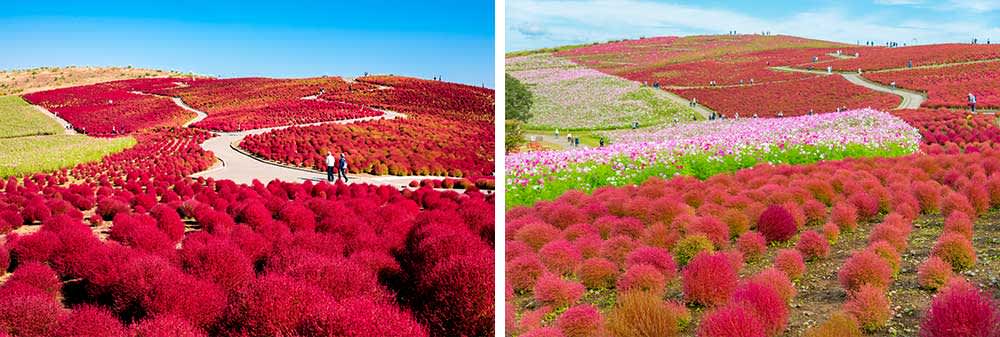

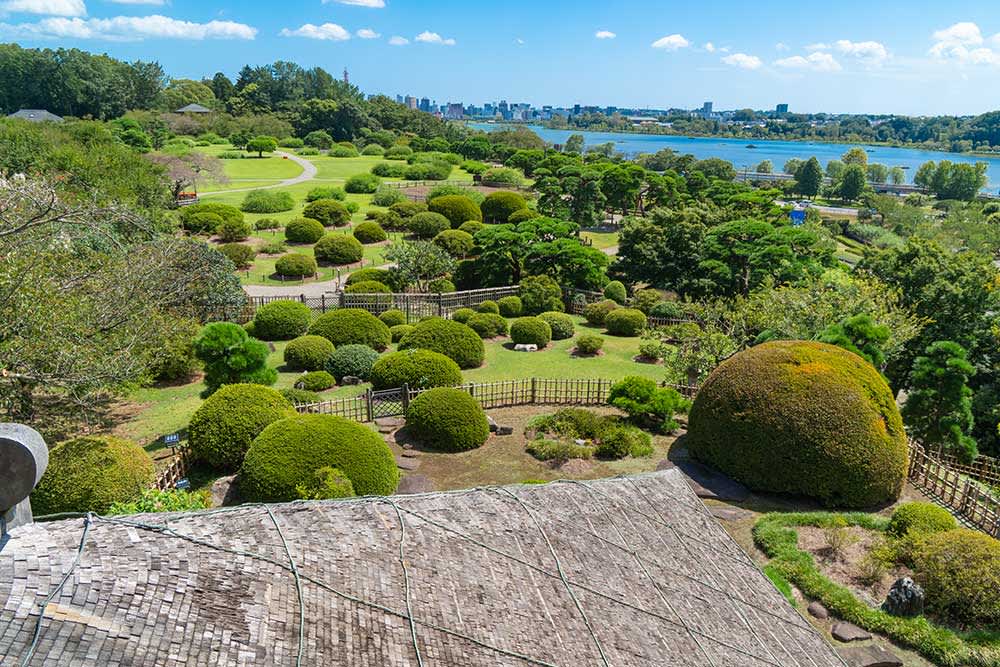


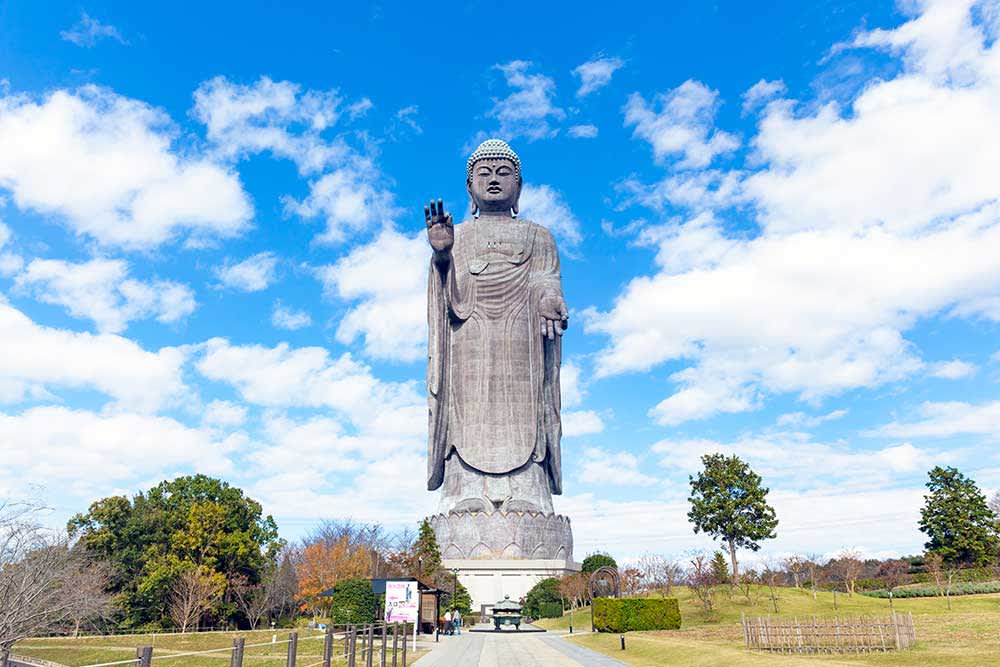



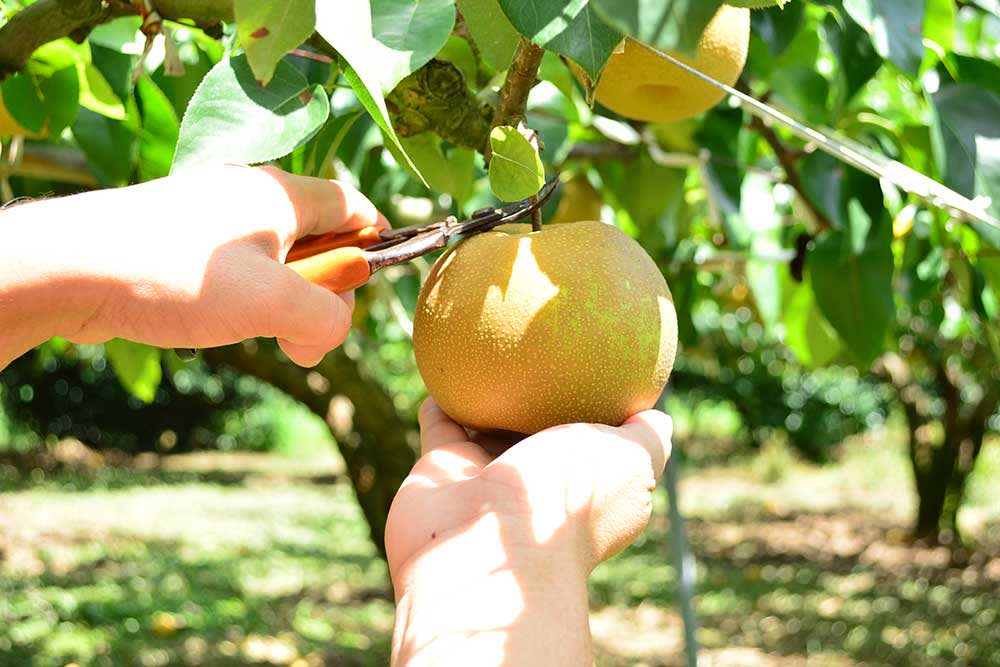
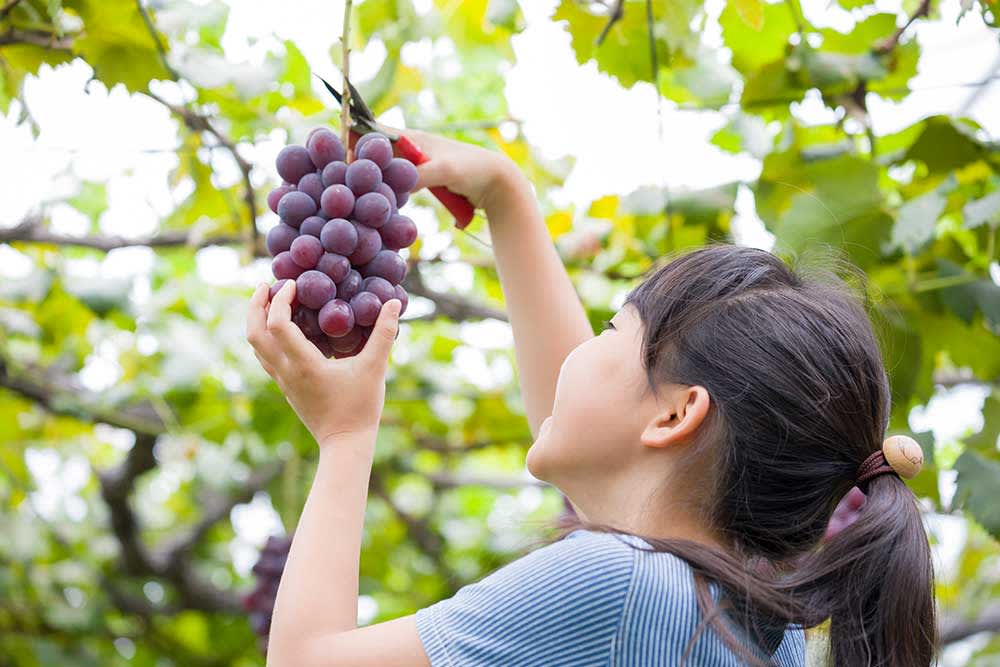

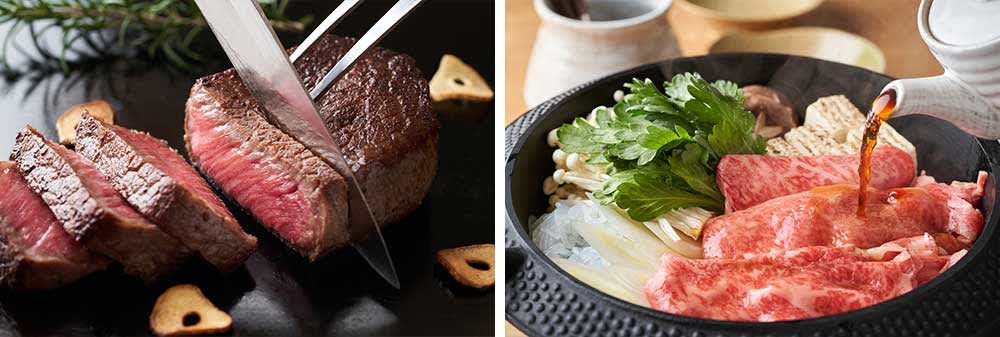



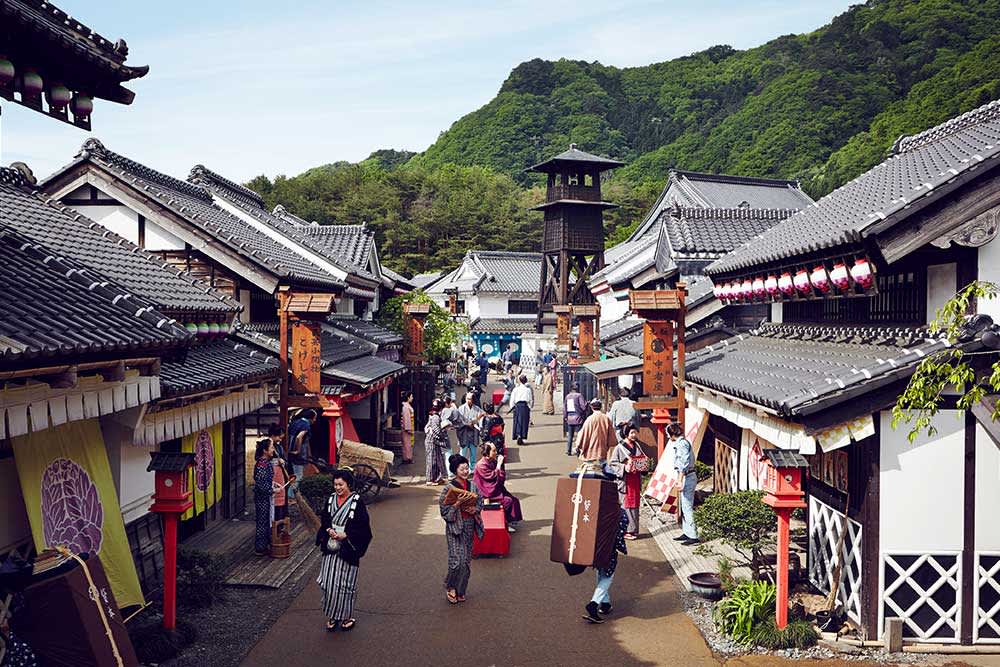
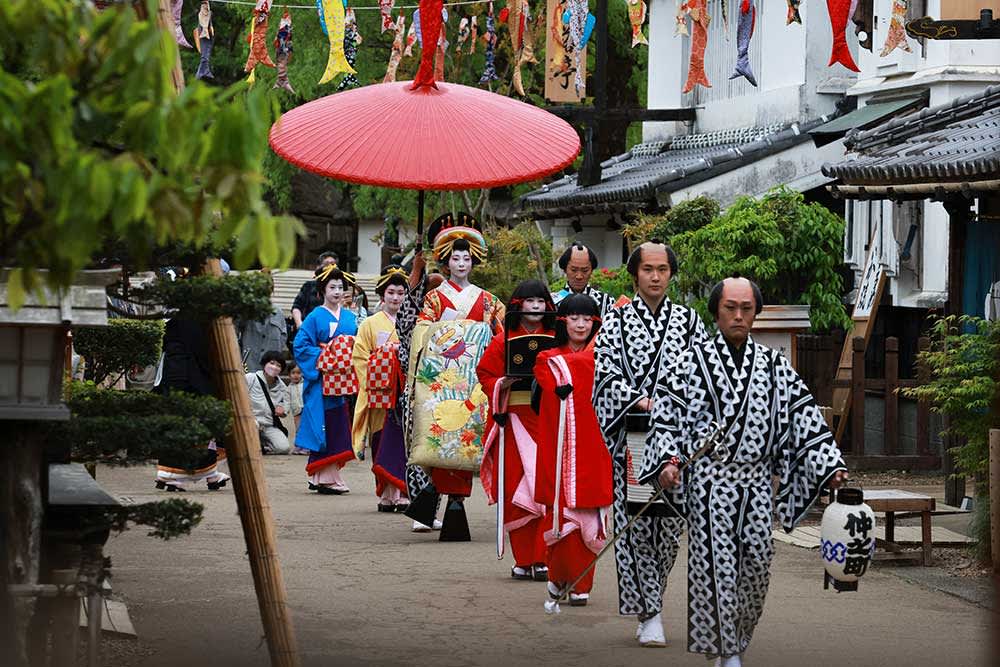



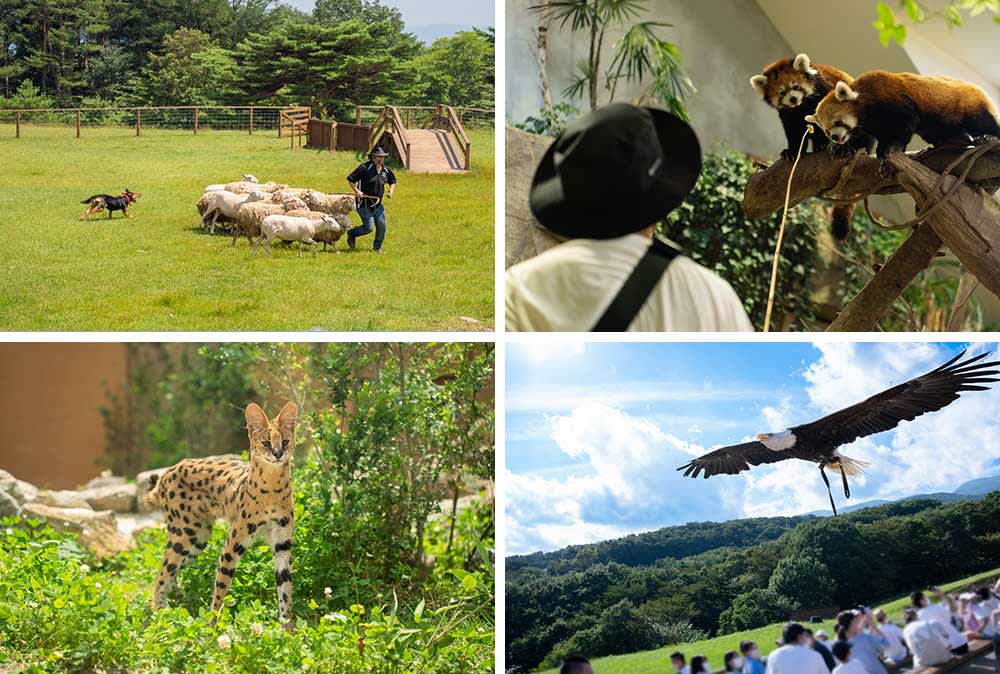
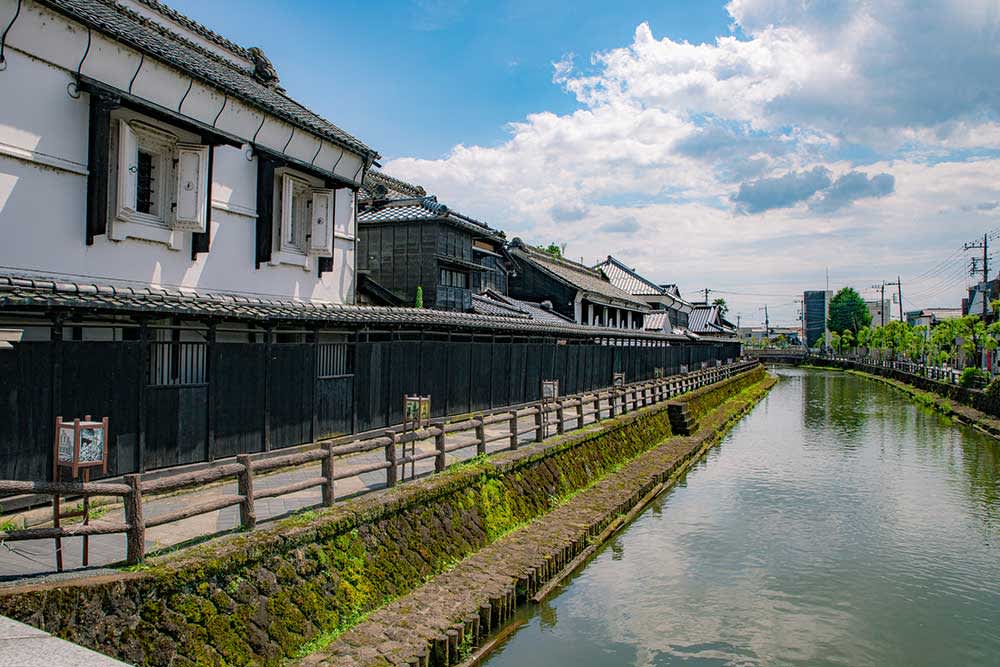

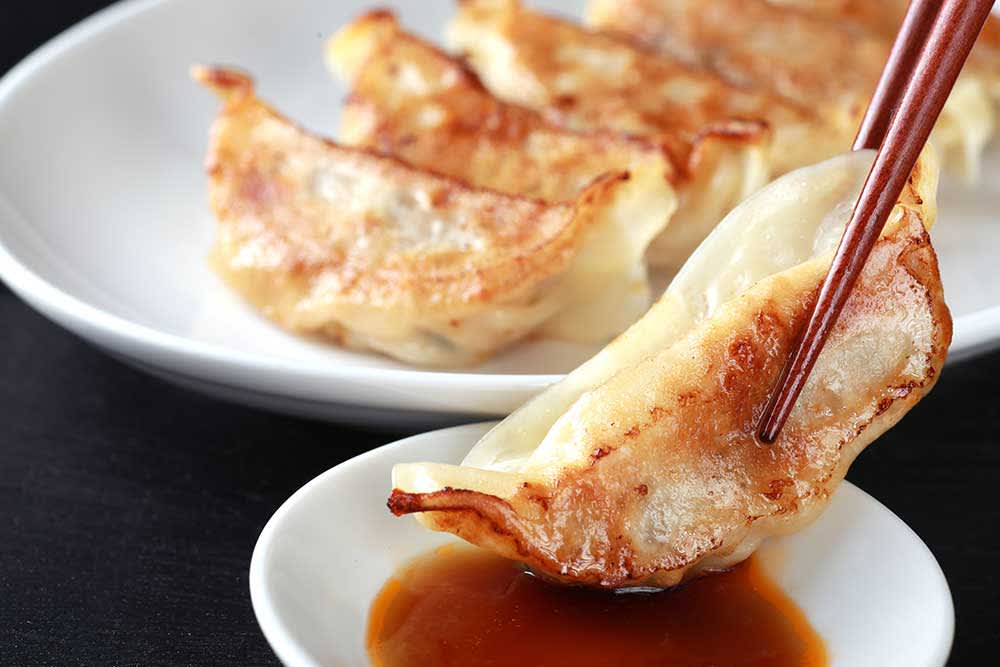


0 comments